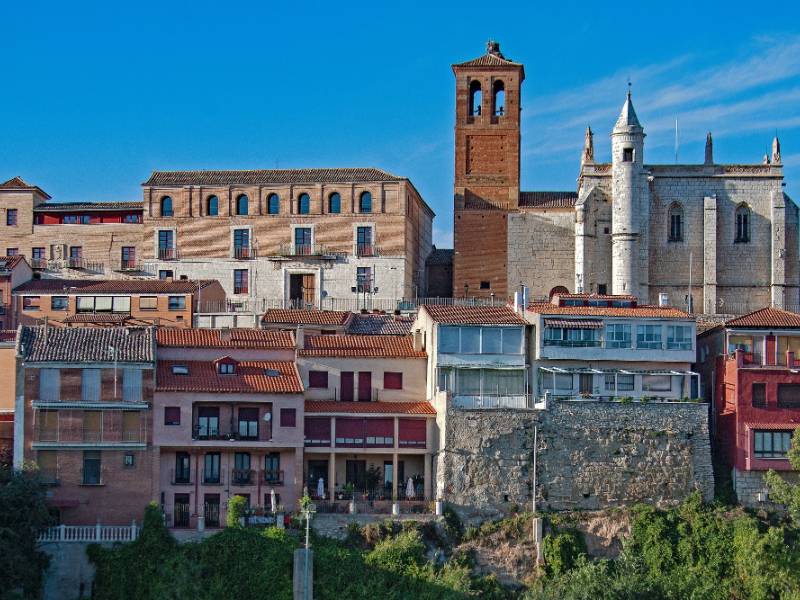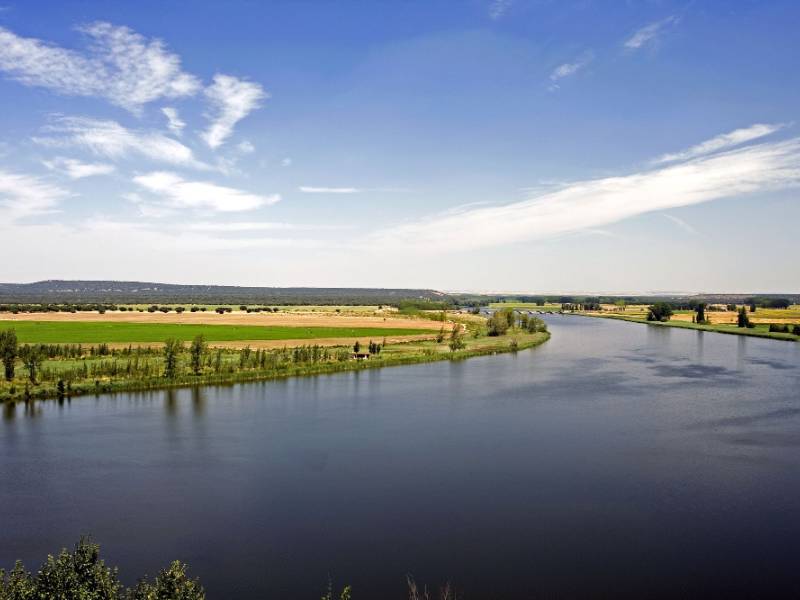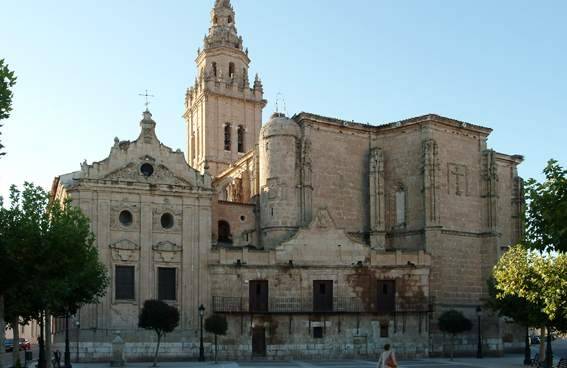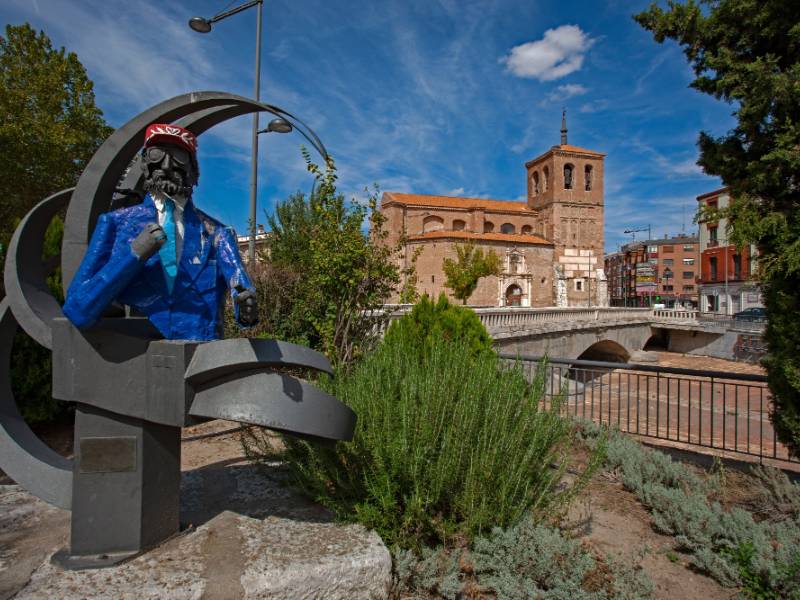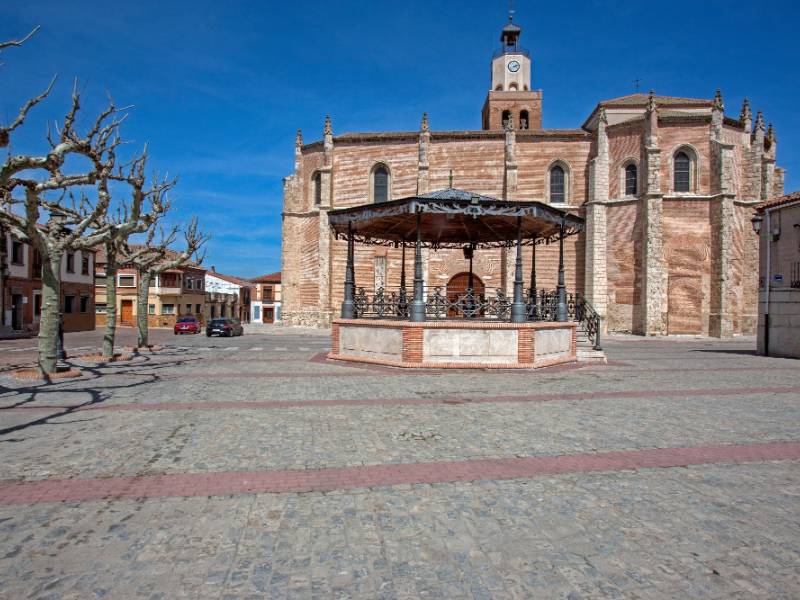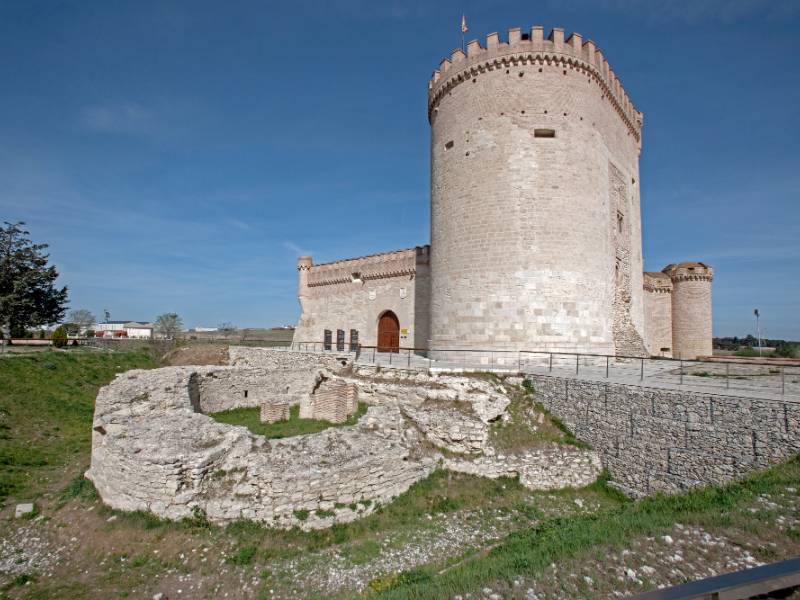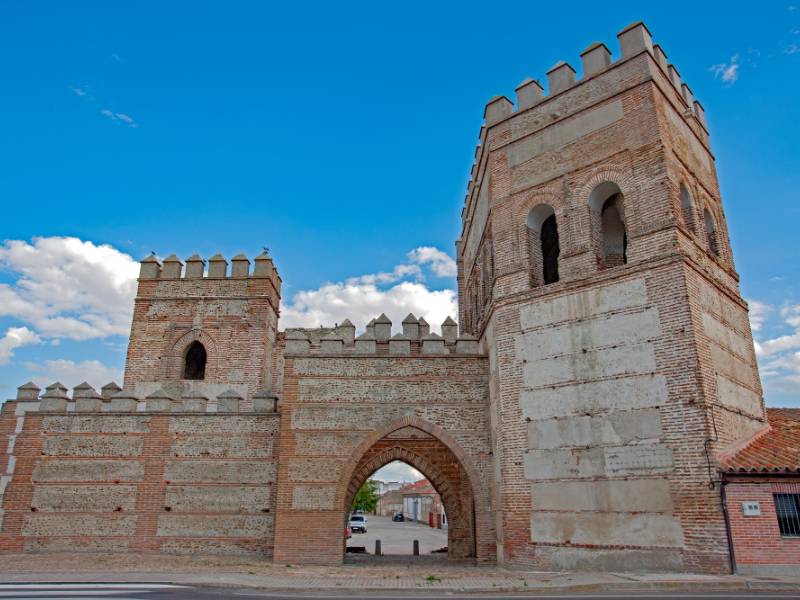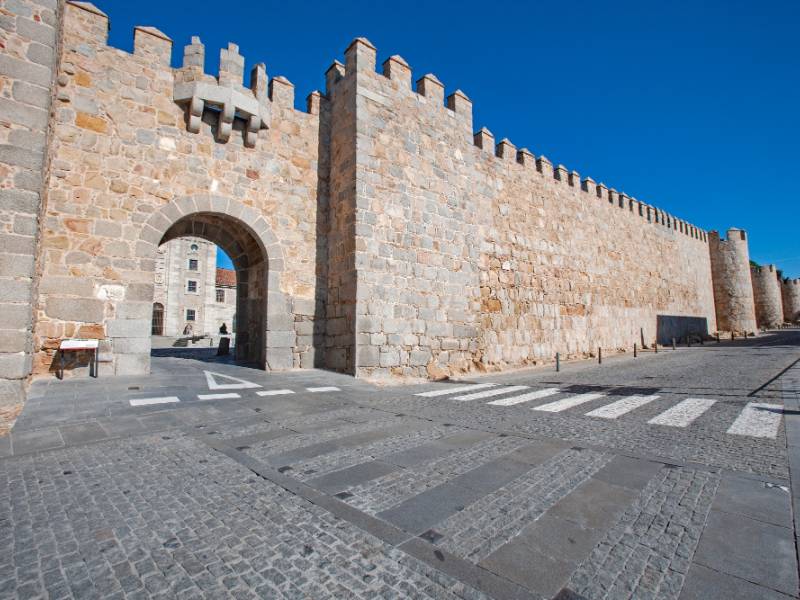Route 6 Center. Section 2 - Coca
- Previous
- Following
Coca lies in the Tierra de Pinares region, in the space between the convergence of the rivers Eresma and Voltoya. The land is scattered with vegetable fields and poplar woods. However, the stone and Pyrenean pines are the most common species of trees, and the latter was the driving force of the local economy for many years.
A land of Moors and Christians, it was conquered by Almanzor and later by Alphonse VI, who in 1086 founded the town and region of Coca, which included 17 villages and was surrounded by a vast wall. In the 14th century the town was made up of seven parishes, including San Nicolás and Santa María.
Work began on Coca Castle in 1453, under the orders of Alphonse I of Fonesca, whose family is buried in Renaissance tombs in the Church of Santa María la Mayor. A place boasting a fabulous historical legacy that is well worth discovering.
Reference to content
What to see?
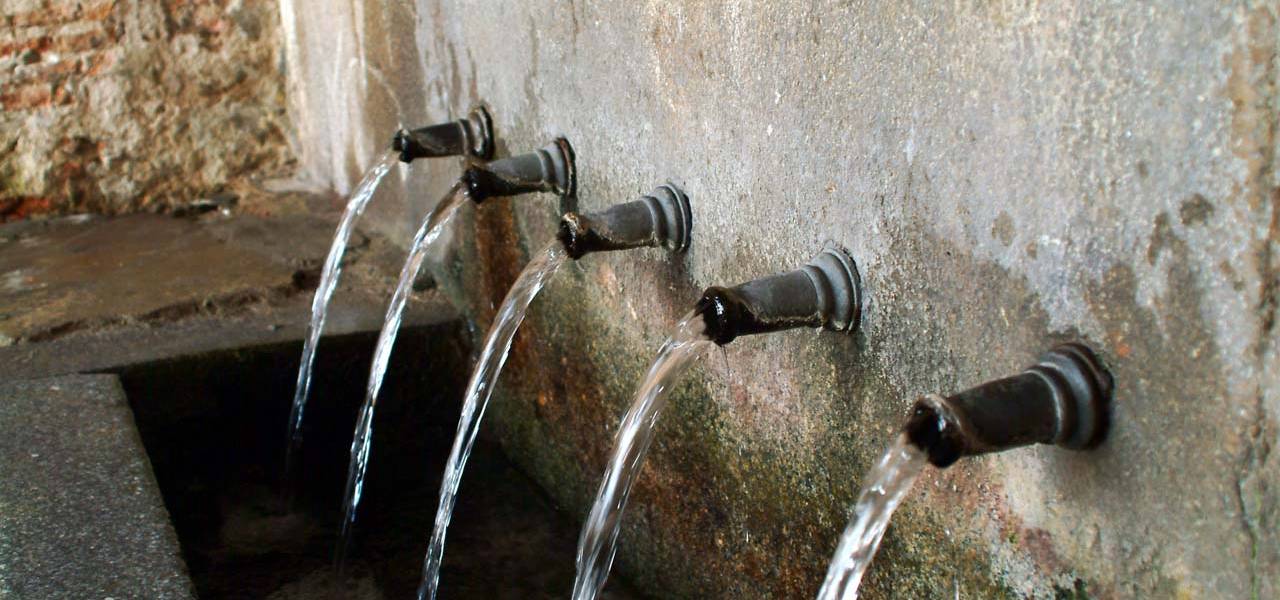 The Five PipesMore information
The Five PipesMore informationHigh-Imperial Roman building from the centuries I – II AC. It has a large floor, with apses covered by vaults and walls adorned with painted stucco.The functionality of the building is unknown but it seems...
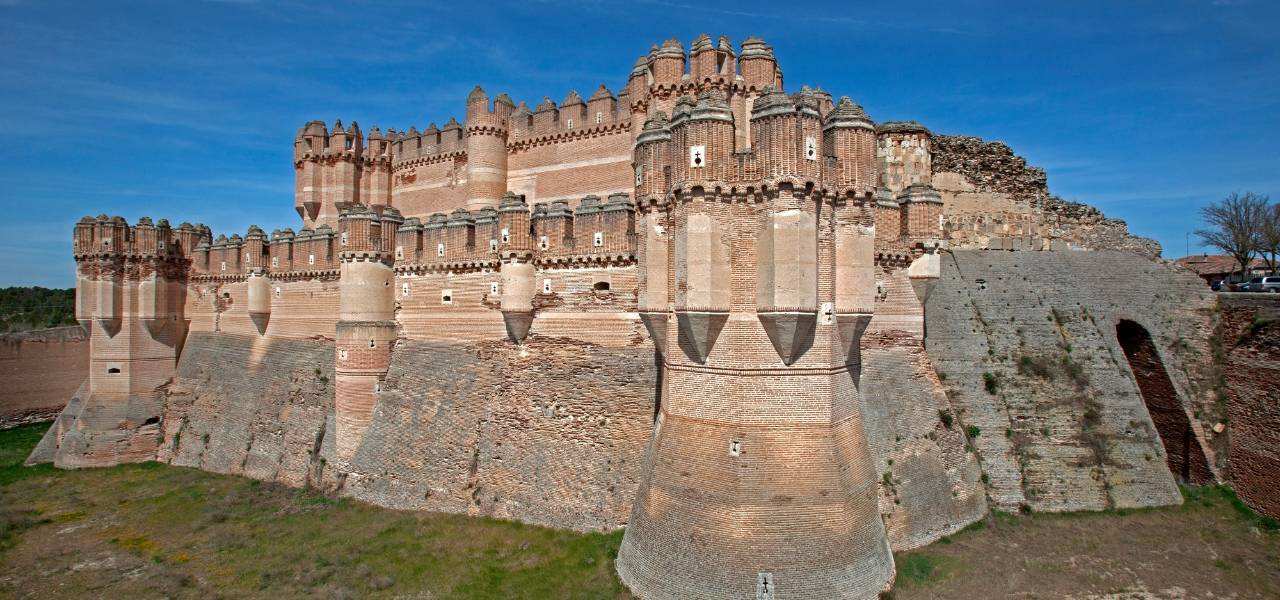 Castle of CocaMore information
Castle of CocaMore informationThis castle dates back to the late 15th century and is the owned by the House of the Dukes of Alba, although it has been handed over to the Junta de Castilla y León.Situated in the ancient Roman town of...
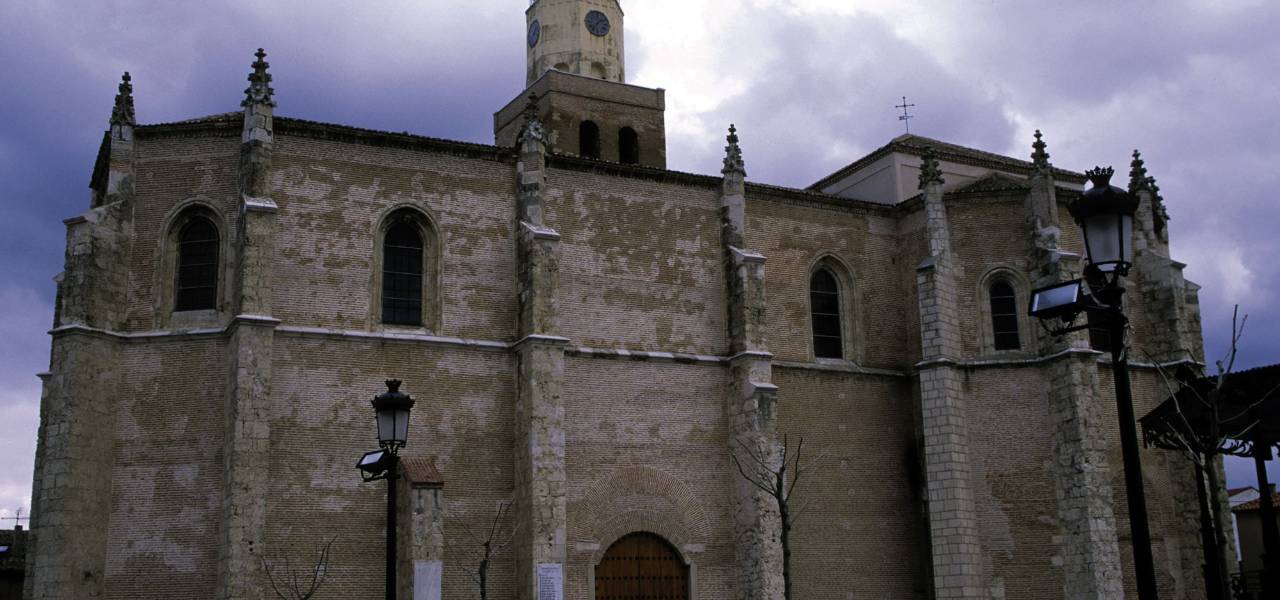 Church of Santa Maria la MayorMore information
Church of Santa Maria la MayorMore informationMade of brick and stone, with a latin cross ground plan and groin vaults, stone ribs and triangular elements.Sepulchres of Fernando de Fonseca and Teresa de Ayala, by Doménico Francelli and Bartolomé Ordoñez...
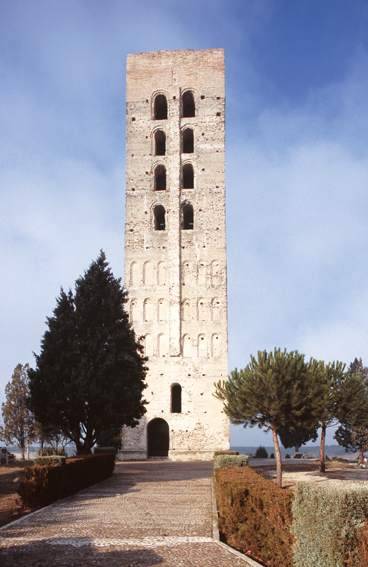 Tower of San NicolasMore information
Tower of San NicolasMore informationIt is the only thing that remains of the church of San Nicolas built with lime and pebble imitating brick, Mudejar of the XII and XIII centuries. A central stone pillar covers each of its faces.Its lower...

